
LinkedIn is not a search engine. For paid, it behaves like a giant billboard your buying group walks past every day. If you want a credible take on how to measure LinkedIn ad impact in ABM with real rigor, as in pipeline influence and ROI at the account level, you have to look past clicks and form fills.
The only practical route is to track company-level engagement for every campaign and creative set, right down to impressions, not just the occasional click.
Here is the catch. Most “standard” setups cannot produce a reliable view through attribution, which means the quiet assist from LinkedIn ads never makes it into your reports.
In this repack, I will show where the usual approaches fall apart for ABM and how to rebuild measurement with ZenABM so you finally see which campaigns move accounts and revenue.
Start with mindset. LinkedIn is primarily for brand and category shaping, not a last click conversion machine.
CTRs are usually low:
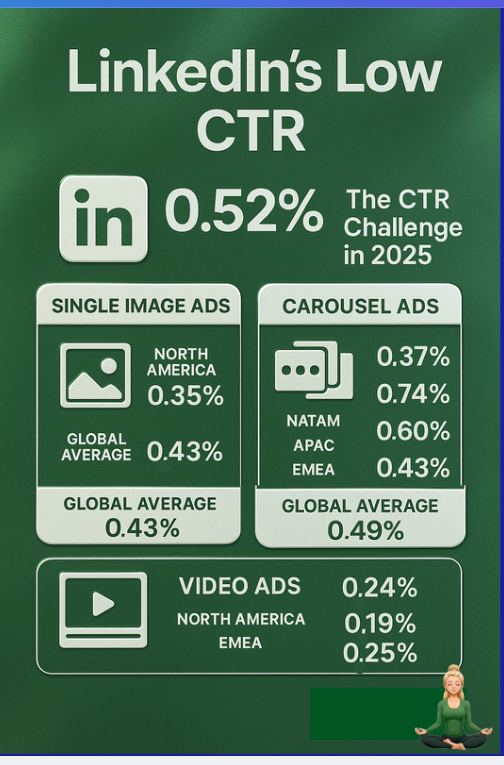
Unlike Google Search, your ICP is not actively hunting. They are scrolling. A VP sees your ad, does not click, then Googles your brand later or types your URL directly. Analytics often credit “Organic” or “Direct,” while LinkedIn’s real contribution stays invisible.
The fix: treat impressions and passive engagement as first-class signals. Measuring LinkedIn ad effectiveness for ABM means capturing who saw what, then tying that exposure to account movement even when nobody clicked.
That is where most stacks miss.
LinkedIn’s native reporting added the “Company Engagement Report,” now the Companies tab, to surface account-level interactions. 
Useful, yet limited for ABM. The numbers are aggregated across the entire ad account. You cannot reliably answer, “Which campaign drove impressions and reactions at Acme,” or “Which creative nudged this buying group.” When multiple ABM motions run in parallel, that granularity becomes mandatory for message testing, readiness scoring, and revenue attribution.
IP matchers promise to reveal which companies hit your site. Reality check. They only see visitors who actually arrive, which means clickers. Viewers who never clicked your LinkedIn ad remain invisible. Even for clickers, accuracy is shaky because of VPNs, shared networks, and dynamic IPs.
As this Syft study shows, typical accuracy hovers around ~40 per cent, which is not a foundation for ABM grade attribution.

Real-world example. Userpilot ran LinkedIn to site analysis via Clearbit, and the tool identified a single company, their own.
For ABM measurement, that is a non-starter.
Retargeting platforms such as AdRoll and Criteo try to infer company and intent via cookies and device graphs. Three issues for ABM: 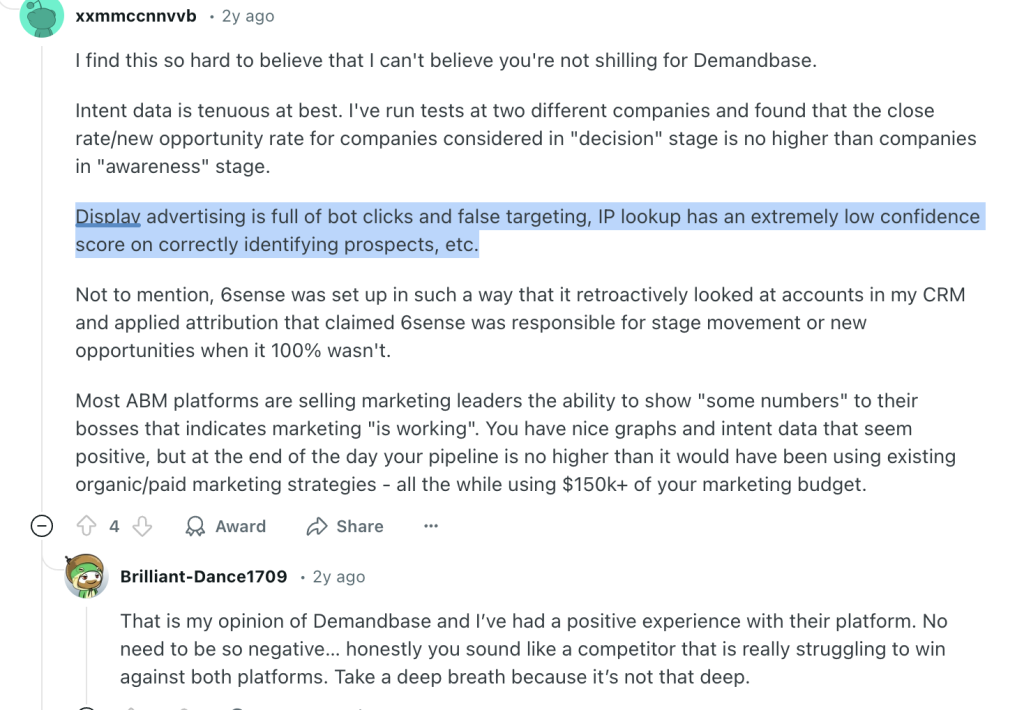
Native integrations such as HubSpot sync forms and basic ad data. This is great for operations, yet thin for ABM impact.
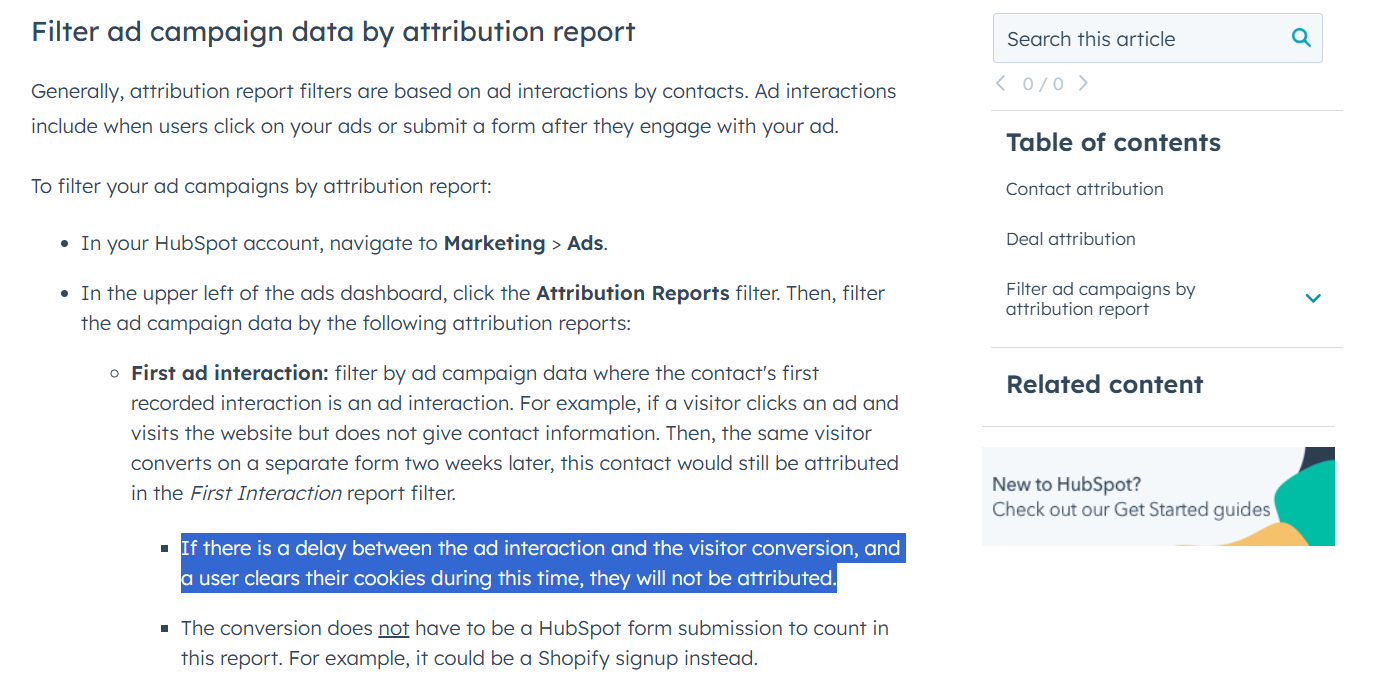
In B2B committees, one stakeholder views the ad and another fills the form days later. Last click models and cookie walls lose that connection. For how to measure LinkedIn ad impact in ABM campaigns, you need a company-level view through, not just click-through.
To evaluate LinkedIn ads in ABM, you need first-party, campaign-level, company-level visibility across impressions, reactions, and clicks per account, not just per person. ZenABM delivers that using LinkedIn’s official APIs, with no cookies, no IP matching, and no scraping.
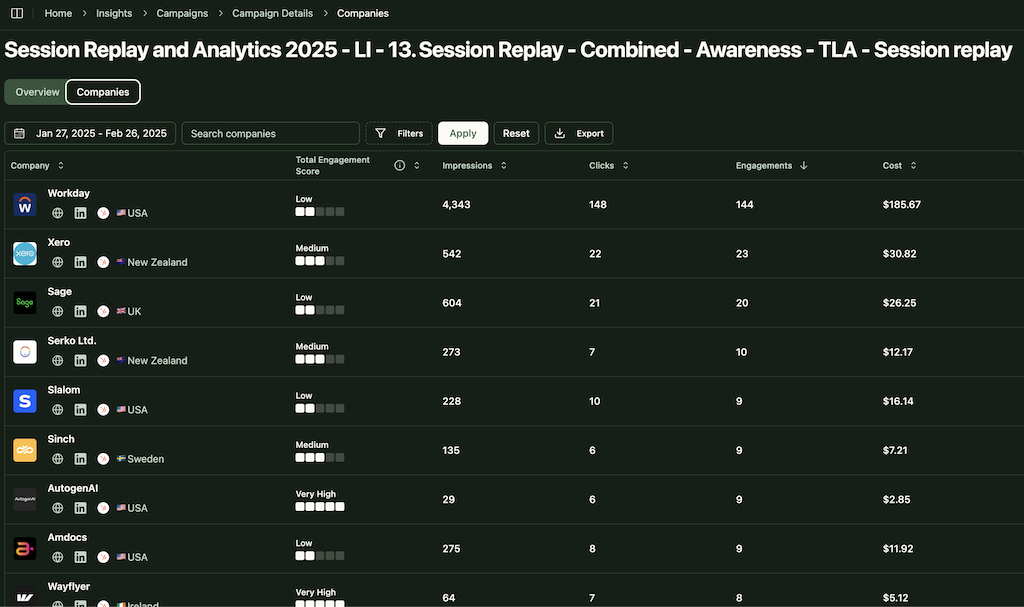
For each campaign, ZenABM surfaces account-level impressions, reactions, shares, and clicks, plus CRM linked deal context.
Example. Company X never clicks, sees your ads repeatedly, then books a demo a month later. ZenABM links those exposures to the opportunity so the campaign gets its fair share.
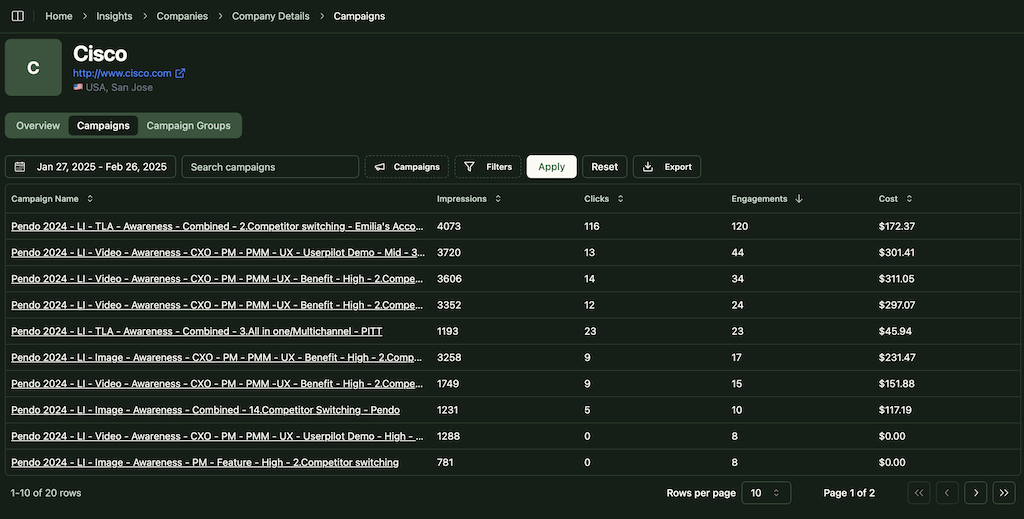
Awareness to product education to conversion ads, every touchpoint gets recognized. No more over-crediting the last ad that happened to catch the form fill.

No CSV chores. Properties such as “Impressions, Last 7 Days (Campaign X)” and “Clicks, Last 7 Days (Campaign X)” appear on Company records, ready for lists, reports, and workflows.
ZenABM tracks the ABM stage of each account using CRM context plus engagement levels, and you control the thresholds. 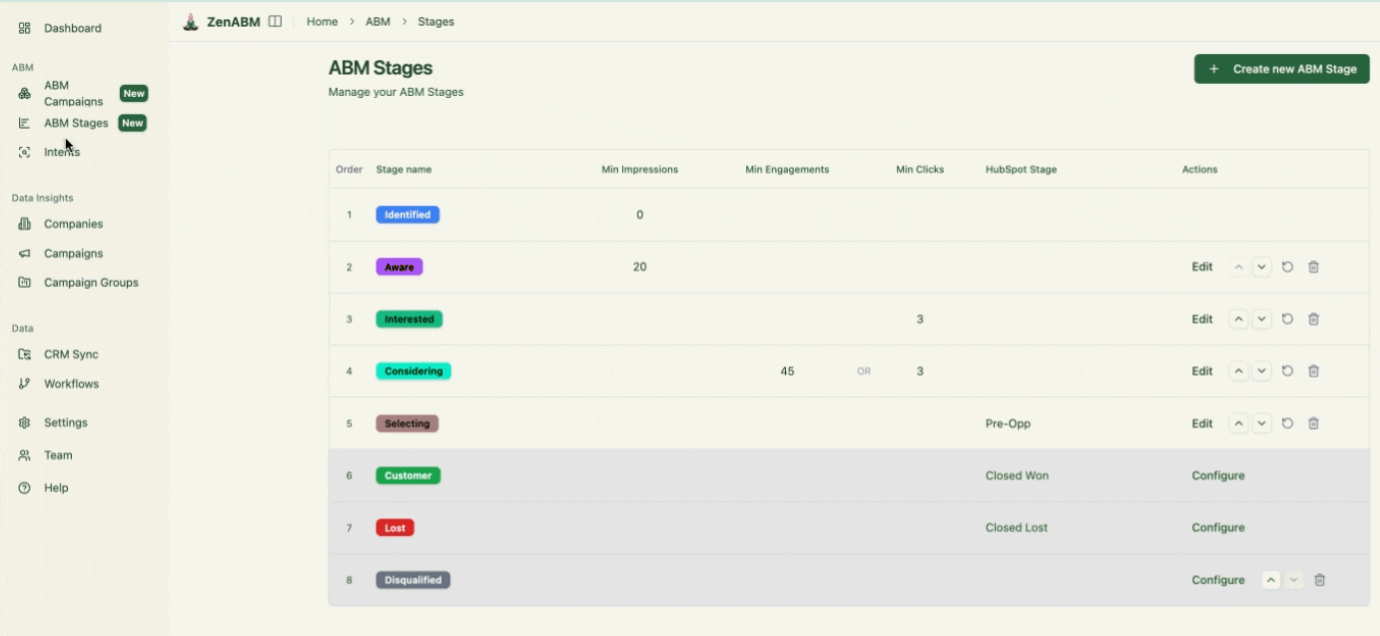

Set thresholds on cumulative impressions, reactions, or clicks. When an account heats up, route to the right BDR automatically, kick off sequences, or launch a 1 to 1 play.

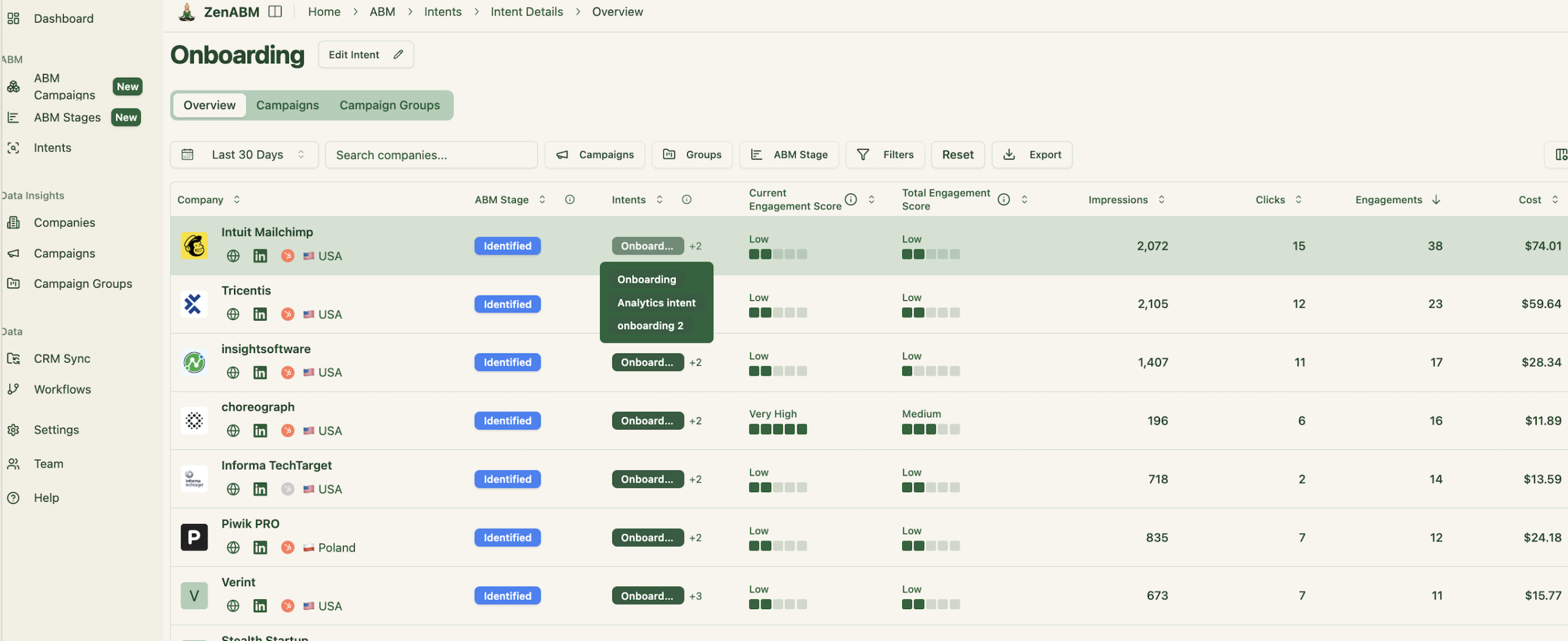
Tag campaigns by use case, feature, or vertical. ZenABM clusters accounts by what they engage with, so reps know exactly how to lead the conversation.

See which campaigns influenced opportunities and revenue beyond the last click. That is the attribution model ABM actually needs.


Prebuilt views highlight the signals that matter most. Account impressions, engagement momentum, opportunity influence, and ROI, broken out by campaign and by account.
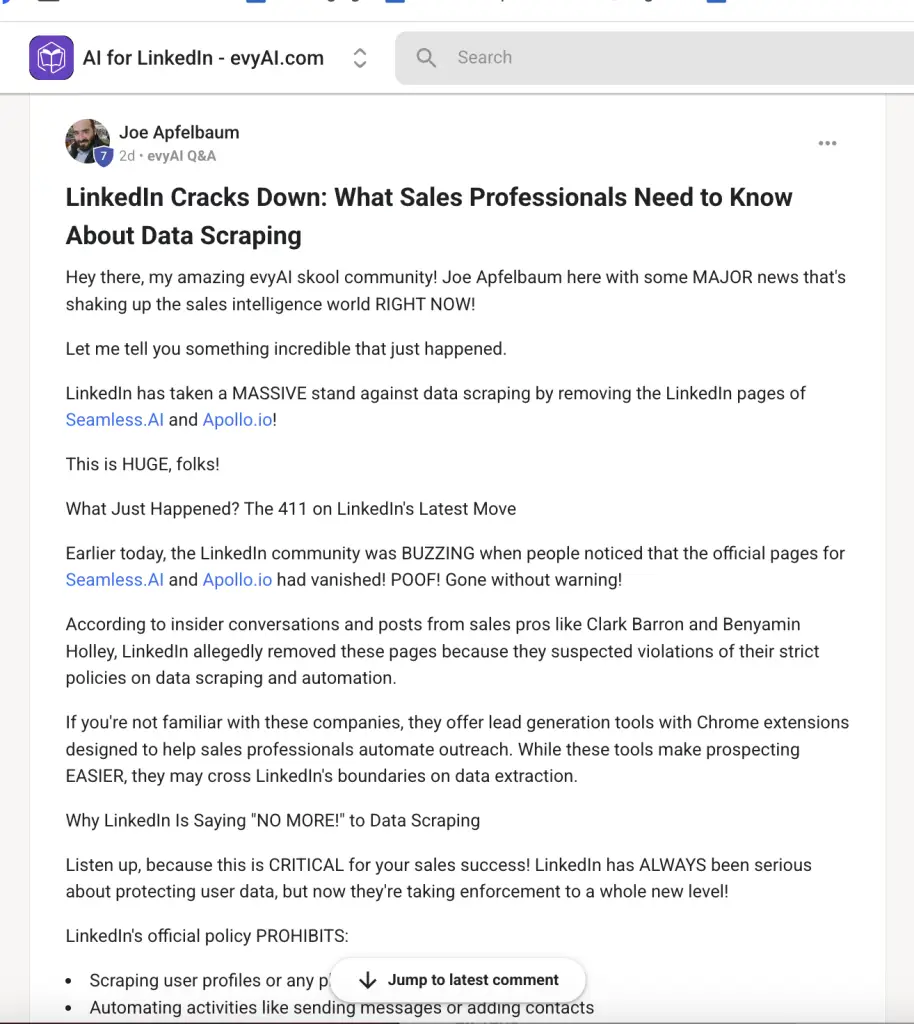
ZenABM uses LinkedIn’s sanctioned APIs. No scraping and no fingerprinting. Just clean, compliant, first party telemetry.
Clicks and forms tell a tiny slice of the story. In long, multi-stakeholder cycles, account account-level view through is where LinkedIn’s real value shows up. Once you can track who saw which campaigns, how often, and how that exposure nudged the pipeline, you stop guessing and start optimizing.
If you are serious about how to measure LinkedIn ad impact in ABM campaigns, shift to first-party, company-level analytics that capture impressions, reactions, and cross-campaign influence, then sync it to CRM for scoring, routing, and revenue reporting. That is exactly what ZenABM delivers. See the view through story you have been missing and double down on the campaigns that actually move accounts.